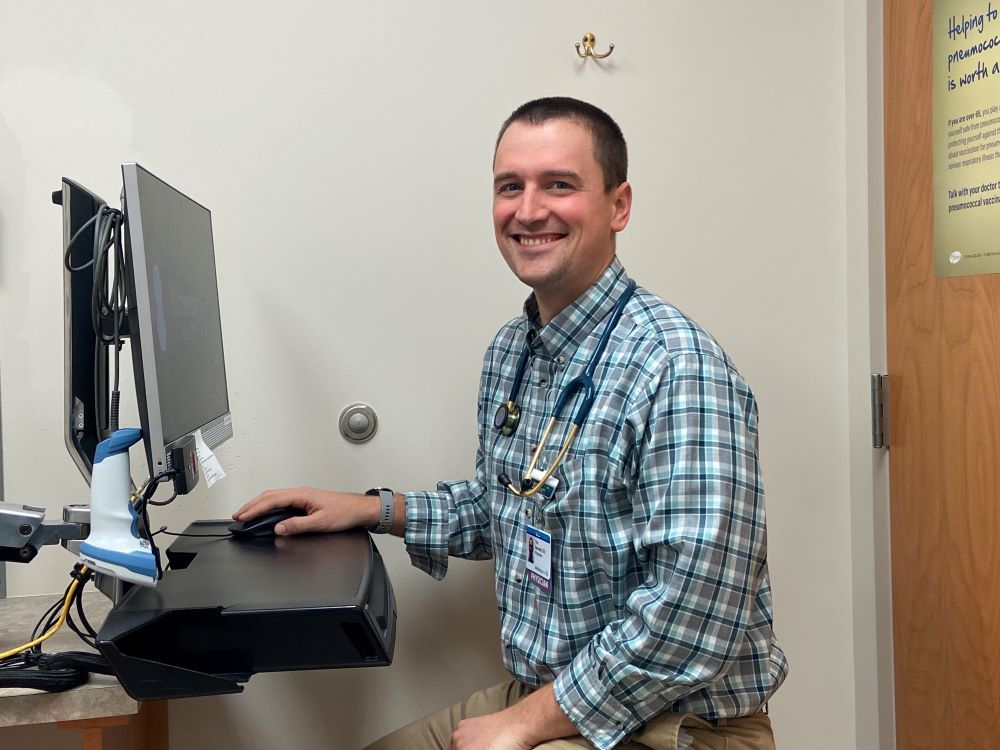You may think you know your family’s food restrictions, but Dr. Timothy Bennett, a primary care physician, explains that “food allergies can develop randomly,” even to food someone regularly eats.
Understanding food allergies in children—who may not know how to express that something is wrong—will help you act fast if disaster strikes.
Food allergies in children
1 in 13 children have food allergies, and more than 40% of children with food allergies have experienced anaphylaxis, a severe and potentially life-threatening reaction. The most common food allergies in children are milk, eggs, and peanuts, according to Dr. Bennett. Other common allergens include tree nuts, soy, wheat, and fish/shellfish.
Even if the entire family knows about a child’s food allergies, someone may not have carefully checked the food labels amid the holiday chaos. Not everyone with a food allergy will experience anaphylaxis, but those who do need immediate medical attention.
You can’t always prevent an allergic reaction, but you can stay vigilant and recognize symptoms early.
Symptoms to watch for
Four areas where food-allergy symptoms may show up are the skin, gastrointestinal, respiratory, and cardiovascular systems.
Skin
During an allergic reaction, the immune system releases histamine, a chemical stored in cells, which causes itching and other skin-related symptoms.
A child may complain they are itchy or have
- Rashes/ hives
- General redness/ skin flushing
- Significant, abnormal sweating
Antihistamines, such as Benadryl, can treat itching and rashes. But these symptoms can be the first signs of anaphylaxis. Dr. Bennett encourages anyone who suspects an allergic reaction to food to seek immediate medical attention, even if symptoms seem mild.
Gastrointestinal
Food allergies also affect the gastrointestinal system. A child might complain that their mouth feels weird and tingly as their tongue and lips swell or numb.
Other gastrointestinal symptoms are
- Nausea and vomiting
- Abdominal pain or cramping
- Throat tightness and trouble swallowing
Food intolerances, Dr. Bennett mentions, also cause gastrointestinal symptoms, but are less severe and not life-threatening. Symptoms of food intolerances that don’t overlap with food allergies include bloating, excessive gas, and diarrhea.
Respiratory
As anaphylaxis progresses, airways begin to constrict. This can be difficult to notice if a child doesn’t draw attention to it.
Respiratory symptoms to watch for include
- Labored breathing
- Wheezing (a high-pitched whistling sound during breathing)
- Repeated coughing
Anaphylaxis at this stage can be life-threatening.
Cardiovascular
Severe anaphylaxis can harm the cardiovascular system and either weaken or elevate someone’s heart rate.
A child may mention that
- Their chest hurts.
- They feel dizzy.
- They are suddenly very tired.
In extreme circumstances, those experiencing severe anaphylaxis may faint.
Act fast
Anaphylaxis usually develops within minutes after eating an allergen, but it can take half an hour or more to set in. Because anaphylaxis progresses quickly and can be life-threatening, the safest thing to do if someone is showing any signs of a food allergy is to call 911 or go to your nearest emergency room.










